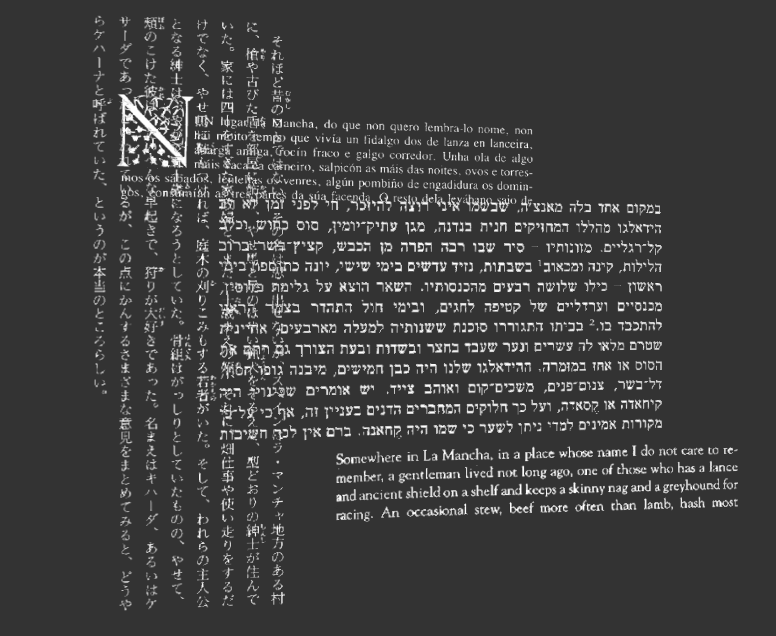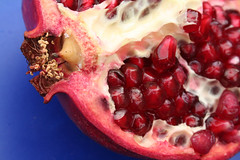What am I hoping to achieve with social media and my interest group, Writing Interest Group (WIG), formerly known as Competition Writing?
Why am I insisting so much on the students’ participation in the comments section of the Facebook Group or the blog, Unicorn Express?
The screen capture below gives a clue. I had shared on Facebook Jason’s blog post (sonnet).

I want the blog to be a publishing platform for student writing. I want students to write for a real audience – both their peers as well as anyone outside the school and even in other countries.
I want students to know their work is being read and appreciated, and that other students will take the time to tell them so, or to leave constructive comments.
My aim is connected learning, interaction and reflection after writing.
I love the fact that former MHS students are still part of the Facebook group and read current students’ work, and even more when they come in to say something about it. That connection beyond the classroom, beyond the year level, the school – that’s what I want for our students.
How do you think Jason Li feels when he reads what Hanford, a former MHS/WIG student, says in the comment section of the Facebook group:
I stay to get the opportunity to read things like that poem!



 The digitization of text has been a topic of increasing
The digitization of text has been a topic of increasing 